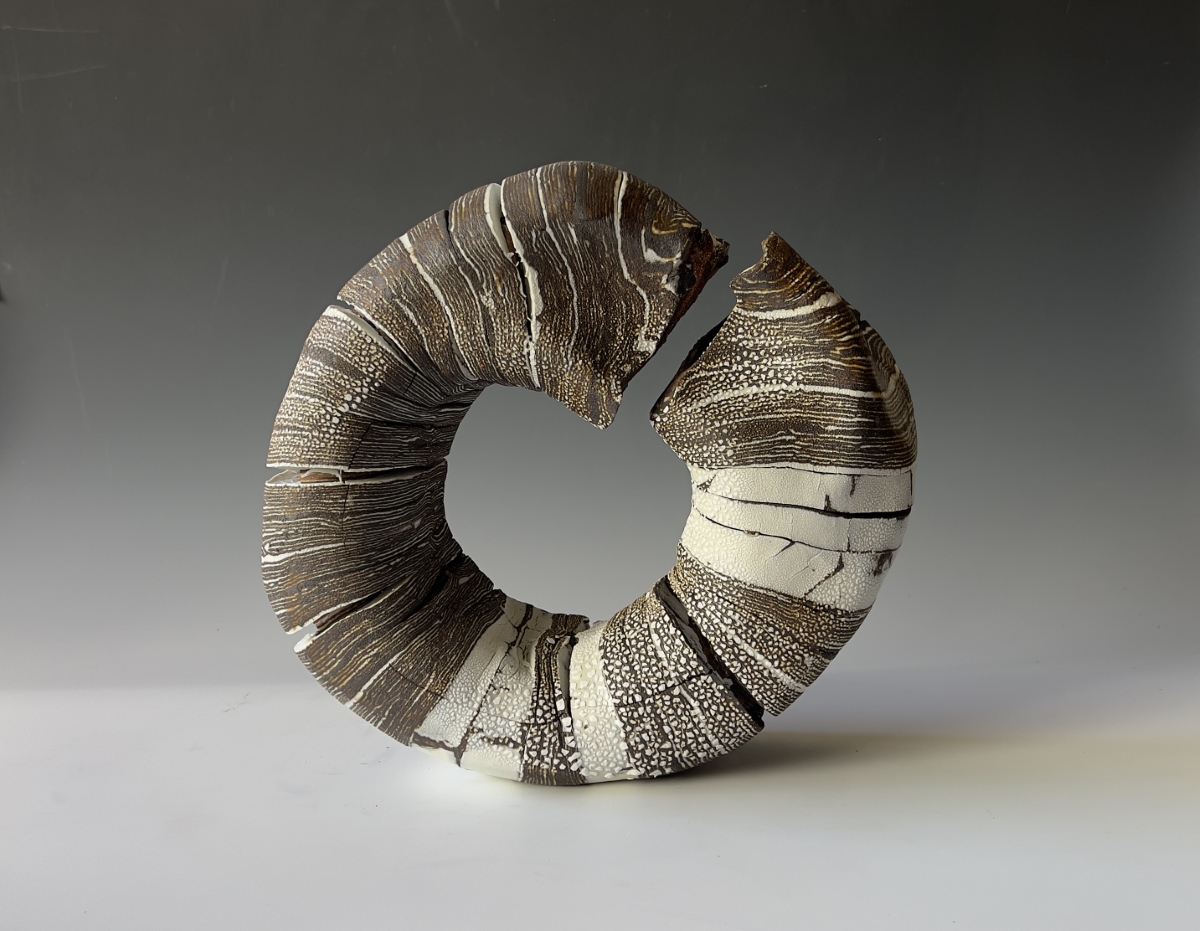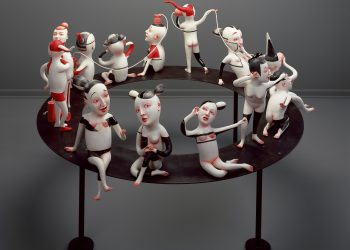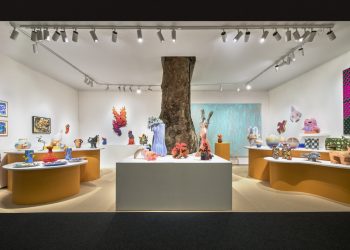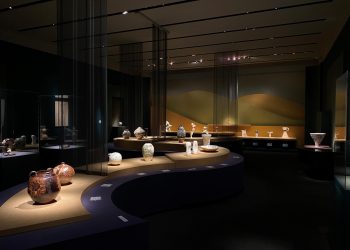Jacqueline Schapiro is a Chilean artist born in 1969. A granddaughter of immigrants who was raised with a lot of discipline, her education instilled rigor and perseverance. At the age of three, severe hearing loss was detected, marking the beginning of her verbal learning and the use of hearing aids. Looking back now, her diminished sense of hearing sharpened her other senses, especially her visual acuity. She developed a keen sensitivity towards observing materiality, visual arts, nature, and the pre-Columbian background of the Chilean territory.
Between 1980 and 2008, she dedicated her practice to oil painting and began creating ceramic sculptures in 2011, developing her unique technique through personal research. Schapiro studied at the Architecture School of the Pontificia University Catolica of Chile, Santiago, and has been a member of the International Academy of Ceramics since 2021.
“Ceramics gives me freedom of expression, valuing and dignifying the sublimity of nature. Through the artwork, I seek to replicate it, dignify what I observe, and create beauty. I enhance it with the materials and elements I use to work, along with the random passage of fire that acts in the kiln. The flame passes unpredictably and casually over the pieces, leaving its mark and highlighting the scars the clay work undergoes from the beginning to its final form.”
Visit Jacqueline Schapiro’s website and Instagram page.
Featured work
Selected works, 2018-2024


Clay, porcelain, and lava. Human beings have worked with these materials for 10,000 years, expressing an ancestral language of Indigenous memory in Chile by blending contemporary aesthetics with the Chilean landscape and the traces left by the flow of lava. The wrapped bodies of the “Chinchorro” culture from northern Chile have inspired me in terms of materiality and construction methods. These mummies have survived from 8,000 BC until today, despite the forces of nature and the corrosion of time.
I instinctively transferred the materials and the construction forms they used to my work, incorporating volcanic sand, clay, and porcelain into plates of different thicknesses or solid forms that give volume to my pieces, intentionally providing an irregular finish. I gather waste elements in the workspace: dust, soil, bits of dried clay, pigments, etc. These elements stand out and beautify, creating intricate surfaces on the artwork. Recycling of matter, a transformation of the same.
My relationship with the artwork lies between the passage of time and the knowledge of our country, both territorial (nature) and cultural. The relationships of similarities and contrasts of lands, cultures, and textures will always be manifested in different series. My observation and relationship with the materiality of our territory have led my work to reflect upon it.
Every sculpture is linked to space. Ceramics, in particular, allow for playing with particles, structures, and surfaces, depending on the selected clays. It is rigid and stony but capable of being molded organically.
Plunging my hands into the clay, shaping, and texturing the paste is a deeply satisfying experience for me. I am passionate about highlighting the origin of the material, so I make sure to leave parts of the clay in their original and visible state.
Nature’s shapes, colors, and textures, with their perfect asymmetry, are a constant source of attraction for my imagination and sensitivity. Although rugged landscapes and igneous formations may seem chaotic, they have been shaped over time by the sedimentation of material that influences stratification, vegetation, and the environment.













